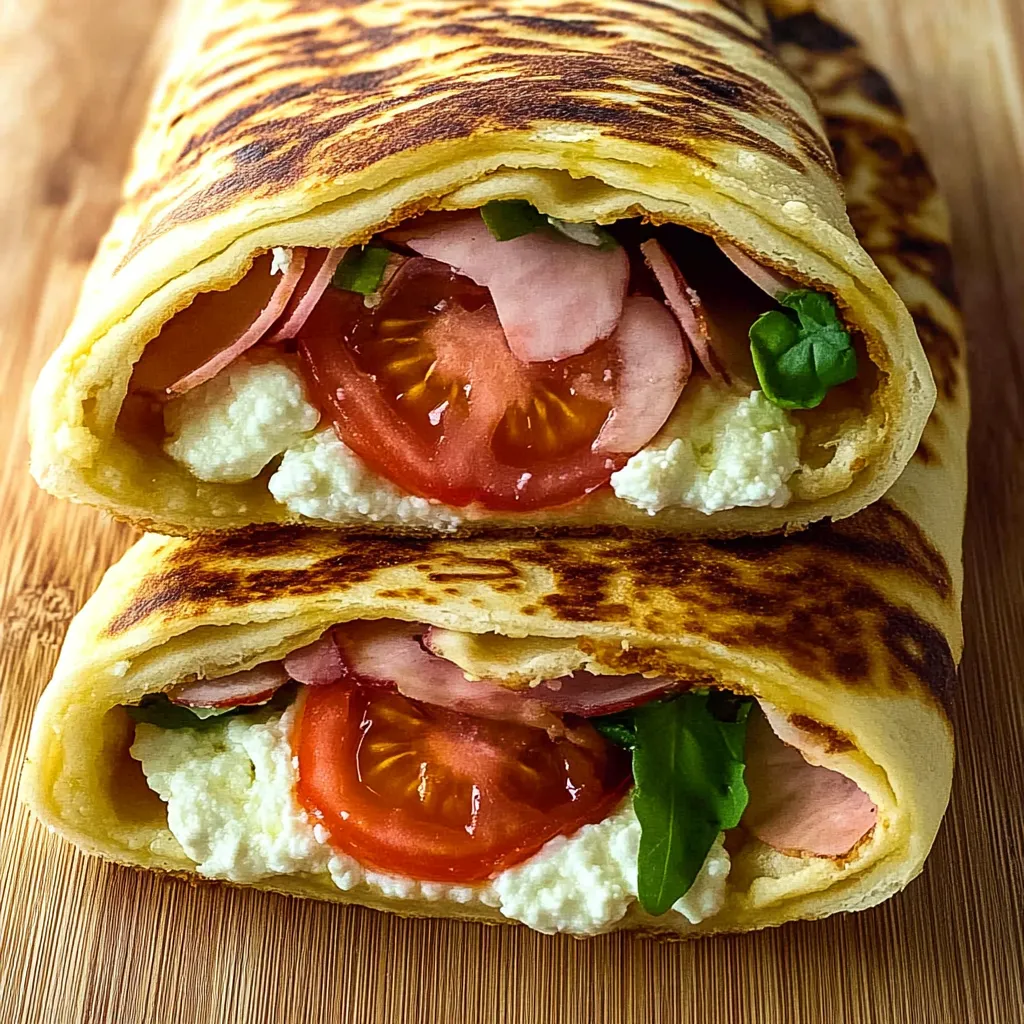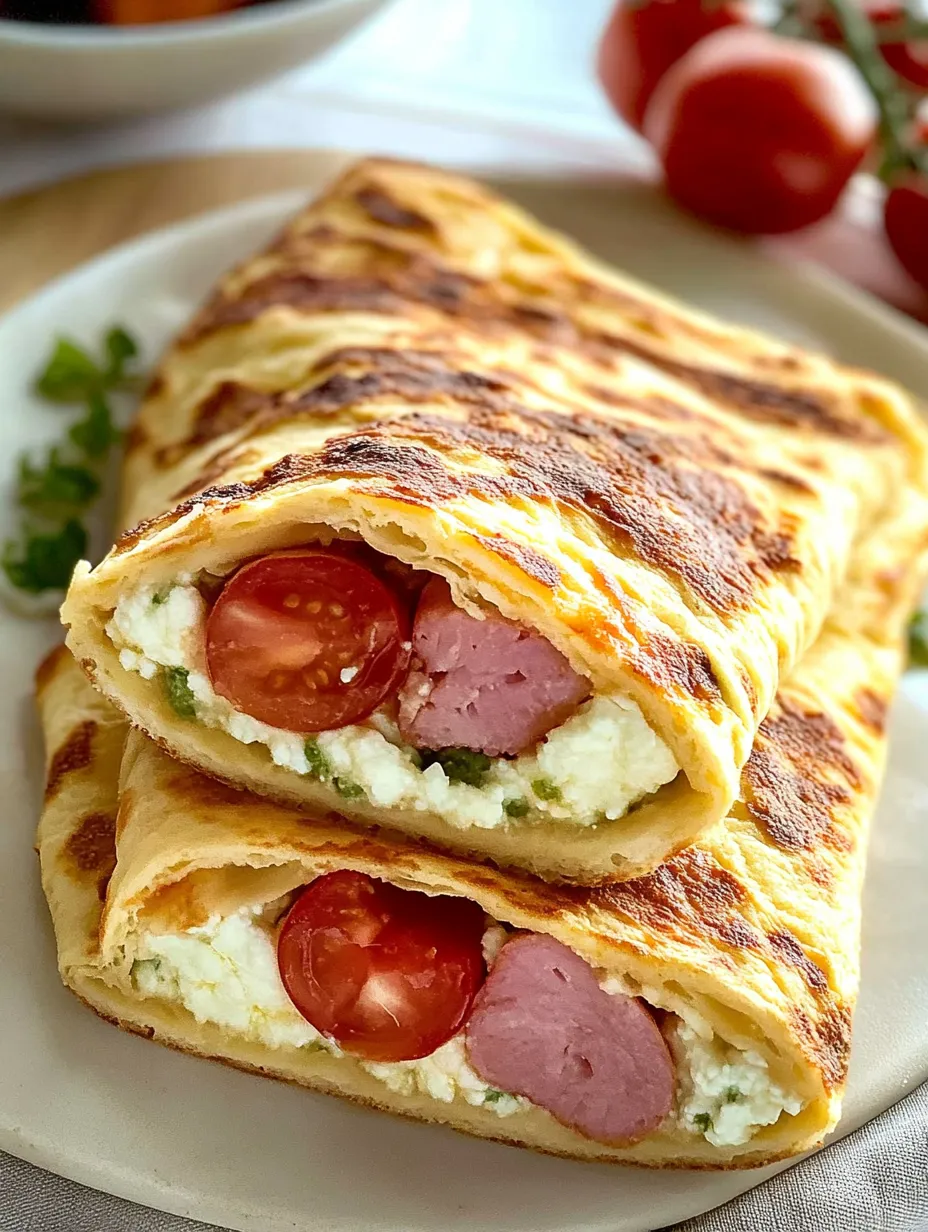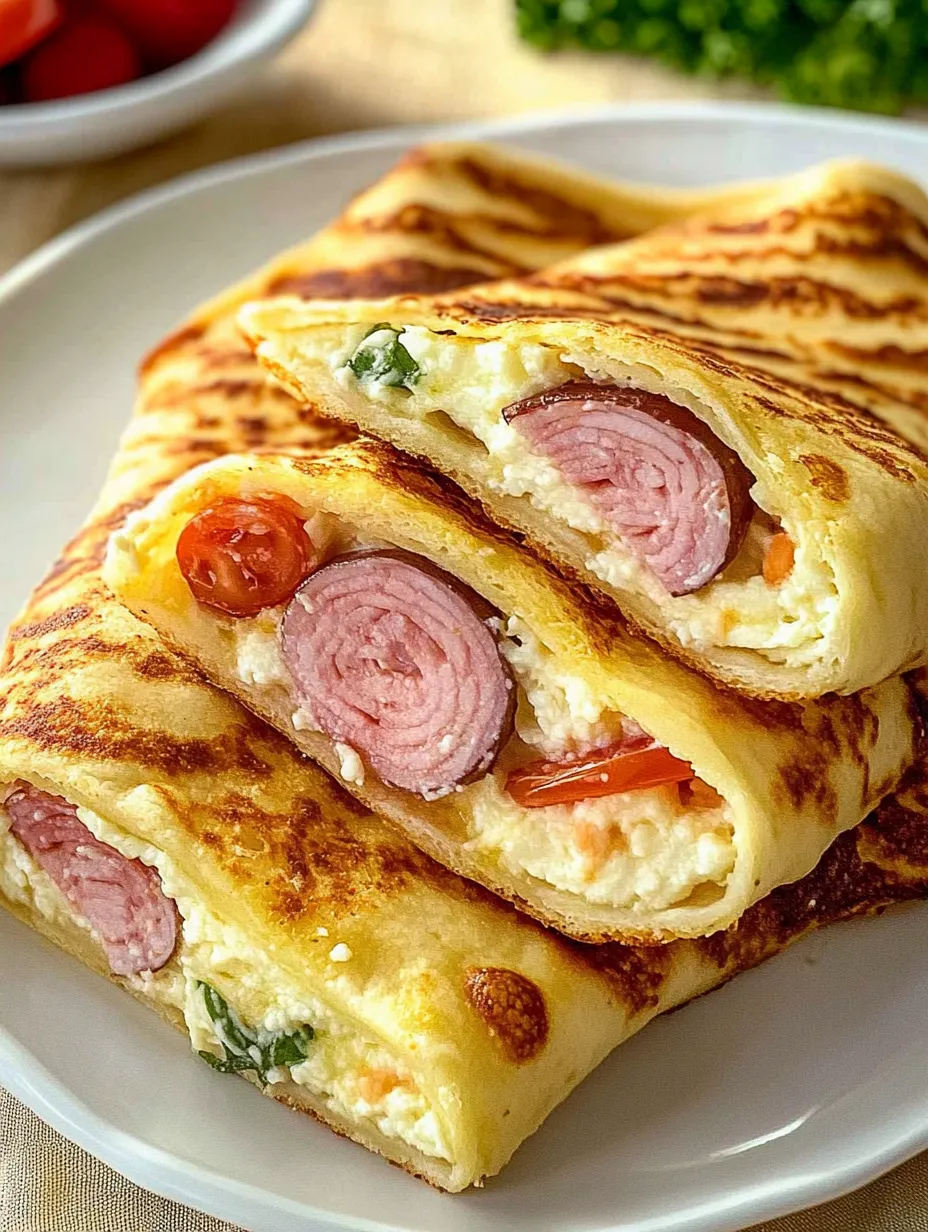 Highlight
Highlight
This cottage cheese flatbread recipe has become my protein-packed secret weapon for quick meals when I'm craving something bread-like but want to keep things nutritious. The magic of transforming simple cottage cheese and eggs into a versatile flatbread still amazes me every time I make it.
I discovered this recipe during my fitness journey when I was looking for high-protein alternatives to traditional bread. Now my family requests these flatbreads weekly for our build-your-own pizza nights.
Ingredients
- 2 Large Whole Eggs Fresh eggs provide structure and binding that creates the perfect texture
- 1 Cup Cottage Cheese Works with full fat, reduced fat or fat free varieties for versatility in nutrition goals
- ¾ Teaspoon Garlic Powder Optional but adds savory depth that enhances the final flavor
- 1 Teaspoon Italian Seasoning Optional addition that transforms the flatbread with aromatic herbs
- Oregano Optional topping that adds visual appeal and fresh flavor notes
Step-by-Step Instructions
- Blend The Ingredients
- Add eggs, cottage cheese and any optional seasonings to a food processor or blender and process until completely smooth with no visible cottage cheese curds remaining
- Prepare The Baking Surface
- Take a baking sheet and line with parchment paper then lightly coat with cooking spray to ensure easy release after baking
- Shape Your Flatbread
- Pour the smooth mixture onto your prepared baking sheet and carefully spread into your desired shape keeping thickness consistent for even baking
- Add Final Touches
- Sprinkle oregano or other preferred seasonings across the top of the uncooked mixture to infuse additional flavor during baking
- Bake To Perfection
- Place in a preheated 350°F/176°C oven for 30-35 minutes for standard thickness or up to 50 minutes for thicker versions using a small baking pan
- Cool Completely
- Remove from oven once edges begin to brown and center is fully set then allow to cool entirely before removing from parchment to achieve the ideal texture

The cottage cheese is truly the star ingredient here. I accidentally discovered that using full fat cottage cheese creates a richer flatbread while fat-free versions yield a lighter texture that works beautifully for wraps.
Storage Solutions
This flatbread keeps remarkably well when stored properly. After cooling completely, place in an airtight container between sheets of parchment paper to prevent sticking. It will stay fresh in the refrigerator for up to 4 days. For longer storage, wrap individual pieces tightly in plastic wrap then place in a freezer bag where they'll keep for up to 2 months. Reheat frozen flatbreads in a 350°F oven for about 5 minutes or until warmed through.
Creative Variations
The beauty of this simple recipe lies in its adaptability. Try adding 2 tablespoons of nutritional yeast for a cheesy flavor without additional dairy. Incorporate fresh herbs like chopped basil or rosemary directly into the batter for aromatic varieties. For a breakfast version, add a teaspoon of cinnamon and a dash of vanilla extract then top with fresh fruit after baking. You can even make mini versions by dividing the batter into smaller portions on your baking sheet for slider-sized options.
Serving Suggestions
Transform this flatbread into countless meals depending on your cravings. Use it as a pizza base topped with sauce, vegetables and a sprinkle of cheese then broiled until bubbly. Fold it in half around your favorite sandwich fillings for a protein-rich lunch option. Cut into triangles and toast for a few minutes to create chips perfect for dipping. My personal favorite is using it as a breakfast wrap with scrambled eggs, avocado and hot sauce for a protein-packed start to the day.
Nutrition Insights
This flatbread provides substantial nutritional benefits beyond just protein. Using full fat cottage cheese increases healthy fats while creating a more keto-friendly option with only 7g carbs per flatbread. The fat free version offers a lighter alternative at 14g carbs but still delivers impressive protein content. Both eggs and cottage cheese provide essential B vitamins and minerals like calcium and selenium. For those watching sodium intake, seek out low sodium cottage cheese varieties which can reduce the sodium content significantly while maintaining the same great texture and flavor.

Common Questions About the Recipe
- → How do I know when the flatbread is done baking?
The flatbread is done when it starts to brown around the edges and feels firm to the touch. Depending on thickness, this typically takes 30-35 minutes, though thicker versions may require up to 50 minutes. Always let it cool completely before adding toppings or handling.
- → Can I use different types of cottage cheese?
Yes! Full fat, reduced fat, or fat-free cottage cheese all work well in this flatbread. The recipe provides nutritional information for both fat-free and full-fat versions. Look for low-sodium varieties if you're watching your salt intake.
- → What can I use this flatbread for?
This versatile flatbread works wonderfully as a pizza base, sandwich wrap, or standalone snack. Its neutral flavor pairs well with both savory and sweet toppings. The high protein content makes it particularly satisfying and nutritionally balanced.
- → Can I make the flatbread thinner or thicker?
Absolutely! You can adjust the thickness based on your preference. Spread the mixture thinner for a crispier result (reduce baking time) or thicker for a more bread-like texture (increase baking time). The shape can also be customized to your needs.
- → Are the seasonings necessary?
The garlic powder, Italian seasoning, and oregano are optional but recommended for flavor. Feel free to experiment with different herbs and spices based on your preference or to complement your intended toppings.
- → How should I store leftover flatbread?
Store cooled flatbread in an airtight container in the refrigerator for up to 3-4 days. You can reheat it briefly in the oven, toaster oven, or skillet to restore some crispness before serving.
